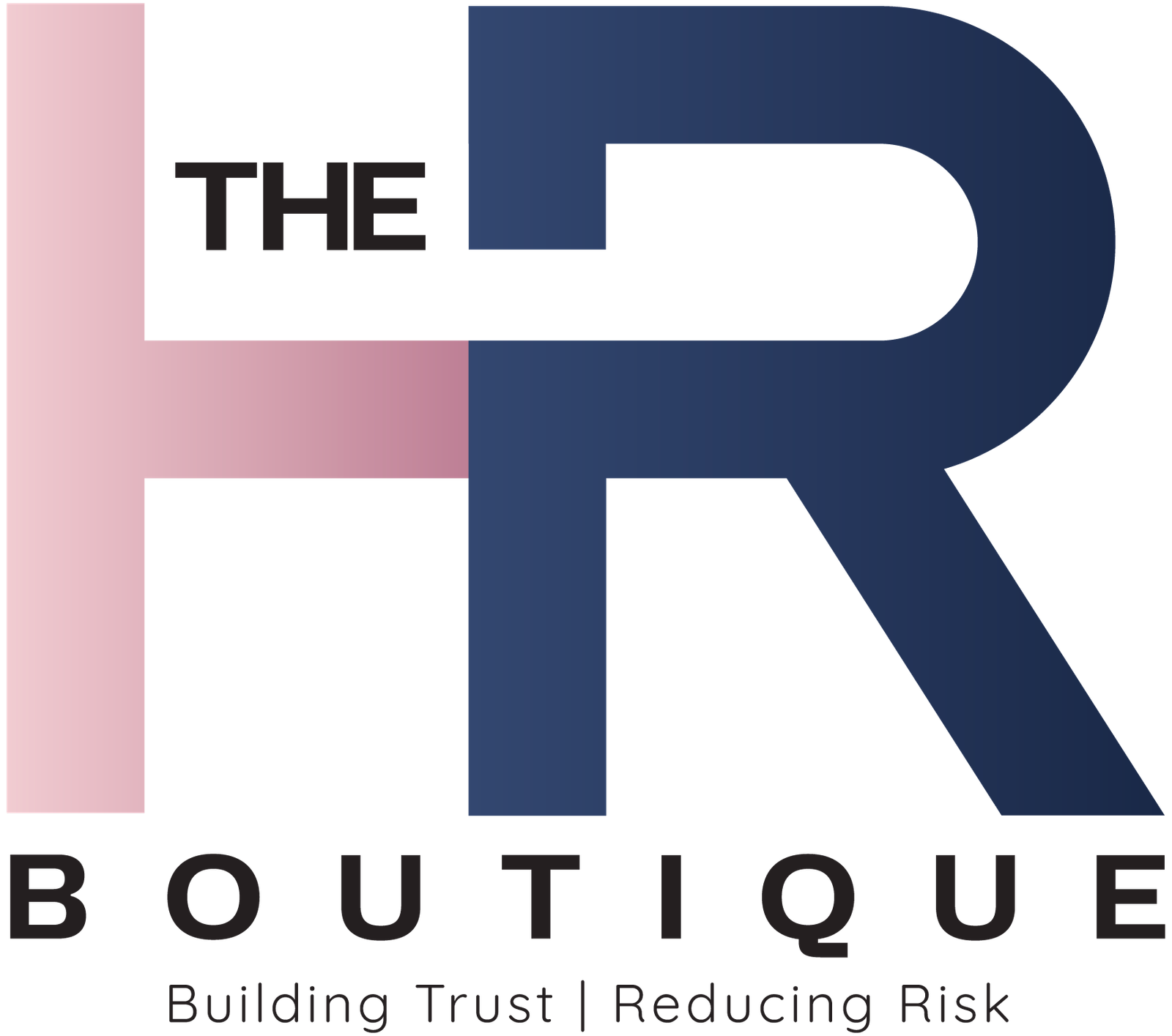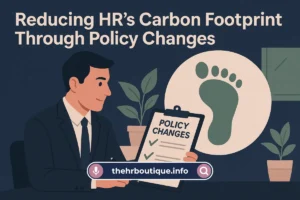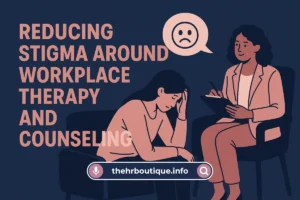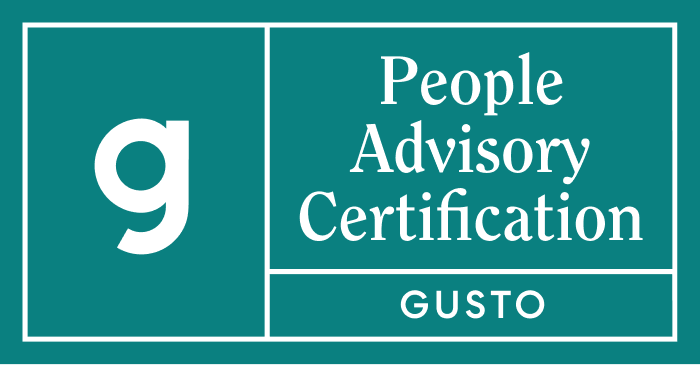Remember that one HR person at your last job who somehow knew everything? Where benefits questions, payroll issues, and policy clarifications all went? Now imagine an entire team built to be that resource. That’s HR Shared Services in a nutshell – and if your company hasn’t considered it yet, you’re missing out on one of the most effective ways to streamline HR operations.
I’ve seen firsthand how companies transform when they move from scattered, department-by-department HR to a shared services model. The accounting team stops bugging marketing about their payroll questions. Employees actually get consistent answers about benefits. Managers spend less time on paperwork and more time leading. It’s not sexy, but boy does it work.
What Exactly Is HR Shared Services? (No Corporate Jargon, Promise)
At its core, HR Shared Services is about centralizing the transactional, day-to-day HR tasks that every employee needs but that don’t require high-level strategy. Think of it like this:
- Before: Every department handles their own HR admin. Payroll questions go to Jane in accounting. Benefits questions go to Bob in operations. Training requests go to… who knows?
- After: There’s one clear, well-oiled machine handling:
- Payroll and benefits administration.
- Basic employee questions (“How do I update my W-4?”).
- Onboarding paperwork.
- Policy documentation.
- Routine compliance tasks.
The magic? It creates consistency while freeing up your strategic HR business partners to focus on things like talent development and organizational design – you know, the stuff that actually moves the needle.
Why Growing Companies Eventually Need This Model?
Here’s the truth – when you’re small (think under 50 employees), you can get away with informal HR. But there comes a point – usually around 100-150 employees – where the old way starts causing real problems:
1. The “Who Do I Ask?” Syndrome
New hires spend their first week playing email tag trying to get basic questions answered because there’s no clear HR point of contact.
2. Compliance Roulette
Different departments interpret policies differently, creating legal risks (like inconsistent overtime approval).
3. HR Burnout
Your one overworked HR generalist is drowning in routine requests while important strategic work piles up.
I worked with a tech startup that hit this wall at about 120 employees. Their formerly “good enough” HR processes were suddenly causing:
- 3-week delays in onboarding new hires.
- Payroll errors every other month.
- Managers wasting hours weekly on basic HR tasks.
Implementing shared services fixed 80% of these headaches within six months.
What Actually Gets Centralized? (The Meat and Potatoes)
Not everything belongs in shared services. Here’s the breakdown:
Perfect for Shared Services:
- Payroll processing and questions.
- Benefits enrollment and administration.
- Basic employee data changes (address updates, name changes).
- Standard onboarding/offboarding paperwork.
- Routine policy questions (“What’s our bereavement leave policy?”)
- Compliance tracking (harassment training deadlines, etc.)
Should Stay Decentralized:
- Strategic workforce planning.
- Leadership coaching.
- Complex employee relations issues.
- Department-specific talent development.
The sweet spot? About 60-70% of HR’s routine work can be handled through shared services, leaving the rest for higher-value activities.
How Implementation Actually Works? (Step-by-Step)
If you’re considering this model, here’s how to roll it out without chaos:
- Map Your Current State
For two weeks, track every HR request that comes in. Categorize them. You’ll quickly see what should be centralized. - Build the Infrastructure
This means:- A dedicated team (or at least dedicated roles).
- Clear service level agreements (“We’ll respond to payroll questions within 24 hours”).
- Technology (more on this next).
- Communicate Like Crazy
Employees need to know:- What goes to shared services vs. their HRBP.
- How to submit requests (portal? email? phone?)
- Expected response times.
- Start Small, Then Expand
Begin with the most common, straightforward services (payroll, benefits), then add more over time.
The Technology That Makes It Work
You can’t do shared services effectively with a shared inbox and crossed fingers. The right tools make all the difference:
- HR Service Center Platforms (Like ServiceNow or Zendesk for HR)
Tracks requests so nothing falls through the cracks. - Knowledge Management Systems
Allows employees to self-serve simple answers (“How do I change my 401k contribution?”). - Workflow Automation
Routes requests to the right person automatically based on type. - Chatbots (For Basic Q&A)
Handles the “What’s our dental plan?” questions 24/7.
The company I mentioned earlier? Implementing a simple ticketing system alone reduced HR’s email volume by 40%.
Common Pitfalls (And How to Avoid Them)
Having helped several organizations through this transition, here are the mistakes I see most often:
- Underestimating Change Management
Employees (and managers!) will resist at first. Plan for extensive training and patience. - Making It Too Impersonal
Shared services shouldn’t feel like calling the cable company. Keep human touches. - Setting Unrealistic Service Levels
Promising “instant responses” sets you up to fail. Be honest about timelines. - Ignoring Metrics
If you’re not tracking resolution times, satisfaction scores, and volume trends, you’re flying blind.
The Real ROI: More Than Just Efficiency
Yes, you’ll save money (typically 20-30% on HR operational costs). But the bigger benefits are often:
- Better Employee Experience
Nothing frustrates people more than HR runarounds. Clear paths = happier teams. - Strategic HR Finally Gets to Be Strategic
Your HRBPs can focus on retention, development, and culture instead of chasing paperwork. - Risk Reduction
Consistent processes mean fewer compliance gaps.
One manufacturing client found their HR team went from spending 80% of time on transactions to 60% on strategic work within a year – and their employee engagement scores jumped 15 points.
Is It Right For Your Organization?
Consider HR Shared Services if:
- You have 100+ employees (or rapid growth pushing you there).
- HR constantly feels reactive rather than proactive.
- Basic HR questions bottleneck productivity.
- Different locations/departments have inconsistent HR experiences.
Maybe hold off if:
- You’re under 50 employees (overkill).
- Your HR team already runs like a well-oiled machine (rare, but it happens).
- You can’t invest in at least basic technology to support it.
Getting Started: First Steps
If this resonates, here’s how to dip your toes in:
- Pilot One Service
Start with something straightforward like onboarding or benefits Q&A. - Get Buy-In Early
Involve managers in designing the model – they’ll be key adopters. - Measure From Day One
Even informal metrics (“How many payroll questions did we field last month?”) help build the case.
The most successful implementations I’ve seen started small, proved value quickly, then expanded. Trying to boil the ocean on day one is a recipe for frustration.
Final Thought: It’s About Working Smarter
At the end of the day, HR Shared Services isn’t about depersonalizing HR – it’s about creating space for the human side of human resources to actually flourish. When routine work gets streamlined strategically, your HR team can focus on what matters most: helping people and the business succeed.
Have you worked with an HR Shared Services model? I’d love to hear what worked (or didn’t) in your experience. Or if you’re considering it, what’s your biggest hesitation? Let’s talk it through.





